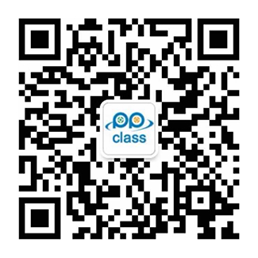|
Technical Analysis (Reading 12)
|
|
|
Learning Outcome Statements (LOS)
|
|
|
a |
Explain the principles of technical analysis, its applications, and its underlying assumptions;
|
|
b |
Describe the construction of and interpret different types of technical analysis charts;
|
|
c |
Explain the uses of trend, support, resistance lines, and change in polarity;
|
|
d |
Identify and interpret common chart patterns;
|
|
e |
Describe common technical analysis indicators: price-based, momentum oscillators, sentiment, and flow of funds;
|
|
f |
Explain the use of cycle by technical analysts;
|
|
g |
Describe the key tenets of Elliott Wave Theory and the importance of Fibonacci numbers;
|
|
h |
Describe intermarket analysis as it relates to technical analysis and asset allocation; |
|
Formulas:
|
||
|
Exercise Problems:
|
||
|
1. The belief that trends and patterns tend to repeat themselves and are, therefore, somewhat predictable best describes: A. Technical analysis B. Weak-form efficiency C. Arbitrage pricing theory
|
Ans: A; technical analysis is a form of security analysis that uses price and volume data, which is often graphically displayed, in decision making. Technicians believe the trends and patterns tend to repeat themselves and are, therefore, somewhat predictable. So, technicians rely on recognition of patterns that have occurred in the past in attempt to project future patterns of security prices.
|
|
|
2. Which of the following is most likely to be considered a momentum indicator? A. Put-call ratio B. Breadth of market C. Mutual fund cash position
|
Ans: B; breadth of market is an indicator used in security analysis. in its simplest form it is computed on a stock market by tsking the ratio of number of advancing stocks to declining stocks. A is incorrect; the put-call ratio is the volume of put options traded divided by the volume of call options traded for a particular financial instrument. It is one of calculated statistical indices, which is a kind of sentiment indicators. C is incorrect; mutual funds hold a substantial proportion of all investable assets. Some analyst use the percentage of mutual fund assets held in cash as a predictor of market direction. It is a flow-of-fund indictor.
|
|
|
3. A low price range in which buying activity is sufficient to stop a price decline is best described as: A. Support. B. Resistance. C. Change in polarity. |
Ans: A; support is defined as a low price range in which buying activity is sufficient to stop the decline in price. B is incorrect; resistance is a price range in which selling is sufficient to stop the rise of price. C is incorrect; change in polarity principal states that once a support level is breached, it becomes a resistance level. The same holds true for resistance levels; once breached, they becomes support levels.
|
|
|
4. A technical analyst has detected a price chart pattern with three segments. The left segment shows a decline followed by a reversal to the starting price level. The middle segment shows a more pronounced decline than in the first segment and again a reversal to near the starting price level. The third segment is roughly a mirror image of the first segment. This chart pattern is most accurately described as: A. A triple bottom. B. A head and shoulders. C. An inverse head and shoulders.
|
Ans: C; left shoulder appears to show a strong decline, with the slope of the decline greater than the prior downtrend, on strong volume. The head is a more pronounced version of the left shoulder. Right shoulder is roughly a mirror image of the left shoulder but on lower volume, signifying less selling enthusiasm. A is incorrect; the triple bottoms consist of three troughs at roughly the same price level. B is incorrect; the head and shoulders pattern consists of three segments. Left shoulder appears to show a strong rally, with the slope of the rally being greater than the prior uptrend, on strong volume. The head is a more pronounced version of the left shoulder. Right shoulder is a mirror image of the left shoulder but on lower volume, signifying less buying enthusiasm.
|
|





